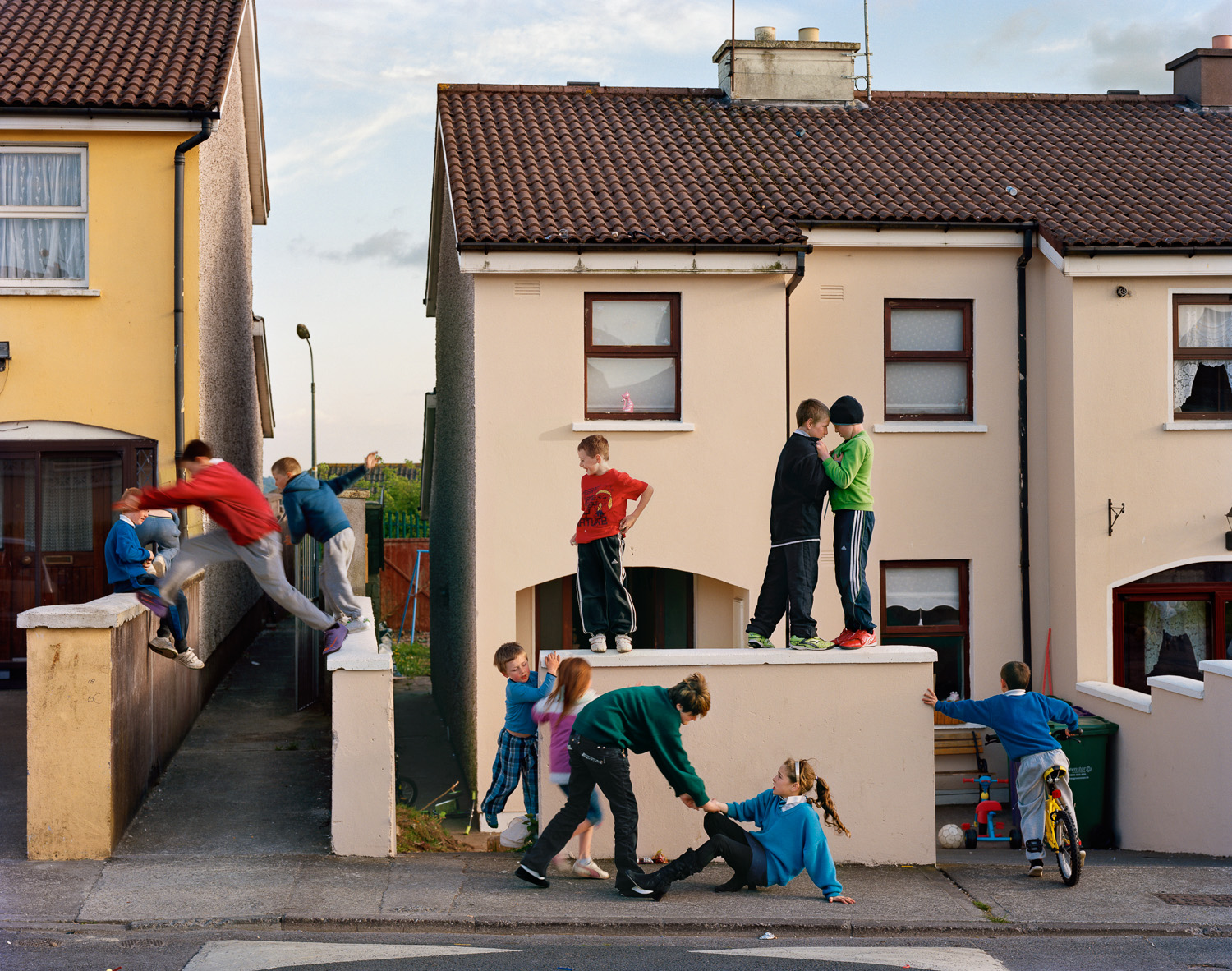
Amidst the jostling bodies and their young cries with alcohol-tinged breath, Doug DuBois snapped his shutter. They climbed telephone poles and stood where they shouldn’t. DuBois took their photograph. They talked, sometimes, about the future. But for these Irish teenagers, even the concept of adulthood was still too ephemeral — at best, the future was some lingering compulsion to be free of their native land, wrapped in the romantic idea of being discovered, of fame, in the far-off lands of Australia, England or America.
Doug DuBois captured that too.
The American photographer spent his summers in Cobh, County Cork on the southwest coast of Ireland where he serves as artist-in-residence at the Sirius Arts Center. Over the past four years, DuBois has documented the lives of some of Ireland’s teenagers, coming of age.
“I think I set the record for the longest running artist-in-residence,” DuBois told TIME, describing a project which began in 2009 and resulted in My Last Day at Seventeen.
“The photographs here look at the bravado and adventure of childhood with an eye towards its fragility and inevitable loss,” DuBois wrote about the project. In each interview, discussion, or piece of literature covering the topic, he is quick to include that this “eye” was that of a “middle-aged American photographer on a group of young people from a few blocks of a housing estate in Russell Heights, Ireland.”
Ireland had originally caught DuBois’s eye during the economic crisis in 2009. He arrived that year, on the heels of his first book, All the Days and Nights, which received critical acclaim from many in the world of fine-art photography. Try as he might, though, the economic story that brought him to Ireland never quite came to fruition — failed attempts at access, a slow accretion of characters, and the whole project seemed in jeopardy.
In that moment of uncertainty, however, Peggy Sue Amison, the director of the Sirius Arts Center, connected DuBois with a group of at-risk youth. After a couple of weeks worth weekly meetings, the first sparks of “My Last Day at Seventeen” ignited when Kevin and Eirn (two youth from the group) took DuBois to a place they called “the steps,” the gateway to Russell Heights, and opened DuBois’s eyes to a world of the not-quite adults, struggling — publicly and privately — through the last moments of their childhood.
DuBois gained entry in Russel Heights through his relationship with Kevin and Eirn, two Irish youth who would become central subjects of his work — Eirn uttered the sentence, “My last day at seventeen,” that would become the project’s title. Kevin and Eirn introduced DuBois to their families and friends, inviting him back to Russell Heights each summer.
“It’s not dangerous,” DuBois said, describing the working-class, Irish and Catholic community in Russell Heights. “But the neighborhood is very insular and not a place to wander into unless you live there or know someone.”
But while the project’s purpose seems poignant today, it only catalyzed for DuBois after taking a portrait of young Irish boy smoking in longer, twilight evenings in Cobh, Ireland.
“His face – it’s openness and youthful bravura shaped by the alcohol and lingering light offers a world of experience – all speculative, of course, about his past and future,” DuBois told TIME. “[The project was] an opportunity to contemplate what it means to come of age in Ireland at this moment.”
For many of the photographs, DuBois arranged his subjects in the frame to mimic images he’d seen in previous visual work —both photographic and film. This combination, trying to dig towards truth with the tools of an artist, put his work in an interesting grey area.
“The project is a mix of classic documentary technique and form with digital tools and, at the risk of sounding pretentious, a contemporary understanding of photography, subjectivity and truth.” DuBois said. “If I were to apply a literary analogy to the Irish work, I would call it creative non-fiction.”
For example, the photograph of the kids jumping and playing on the wall is a re-creation of picture taken the year before. Reflecting on the image after returning from Ireland, DuBois took a print of the original image back the next year, asking —and then positioning— the children in the frame. This allowed DuBois to take more than dozen images, before settling on the one that best captured his “truth.”
“The kids were playing the way they do every summer,” he said. “The photograph [in the end] is collaborative and I would argue the truth is in this collaboration, not just out there in the world waiting for me to capture it on film.”
Despite the time spent with his subjects, however, DuBois admits that he remains, and will always remain, the outsider looking in. After all, it was this distance — between his own experience growing up in New Jersey and of the adolescents he followed for more than four years in Ireland.
“There is a sense of family and identity attached to neighborhood, town and county that is much stronger than what I felt growing up,” DuBois said.
His job, carrying a camera into and out of his subjects’ lives was to document that reality.
“Photographs, at best, can create fictions that point toward the truth of experience and memory,” DuBois said. “I hope that these images do honor to the idea of being young, and to the people who welcomed me into their lives.”
Doug DuBois is an American photographer. In 2012, DuBois was the recipient of a Guggenheim Fellowship.
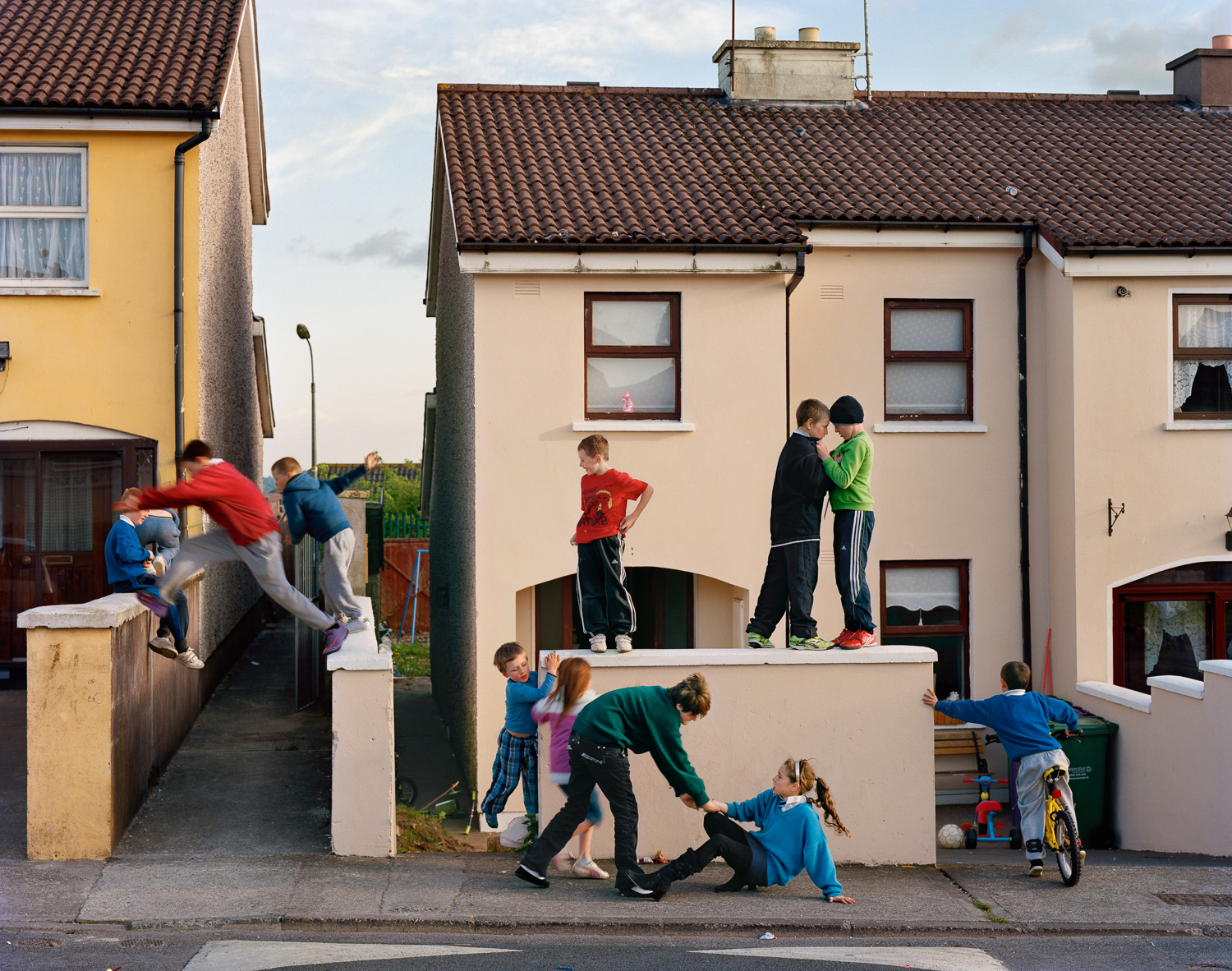
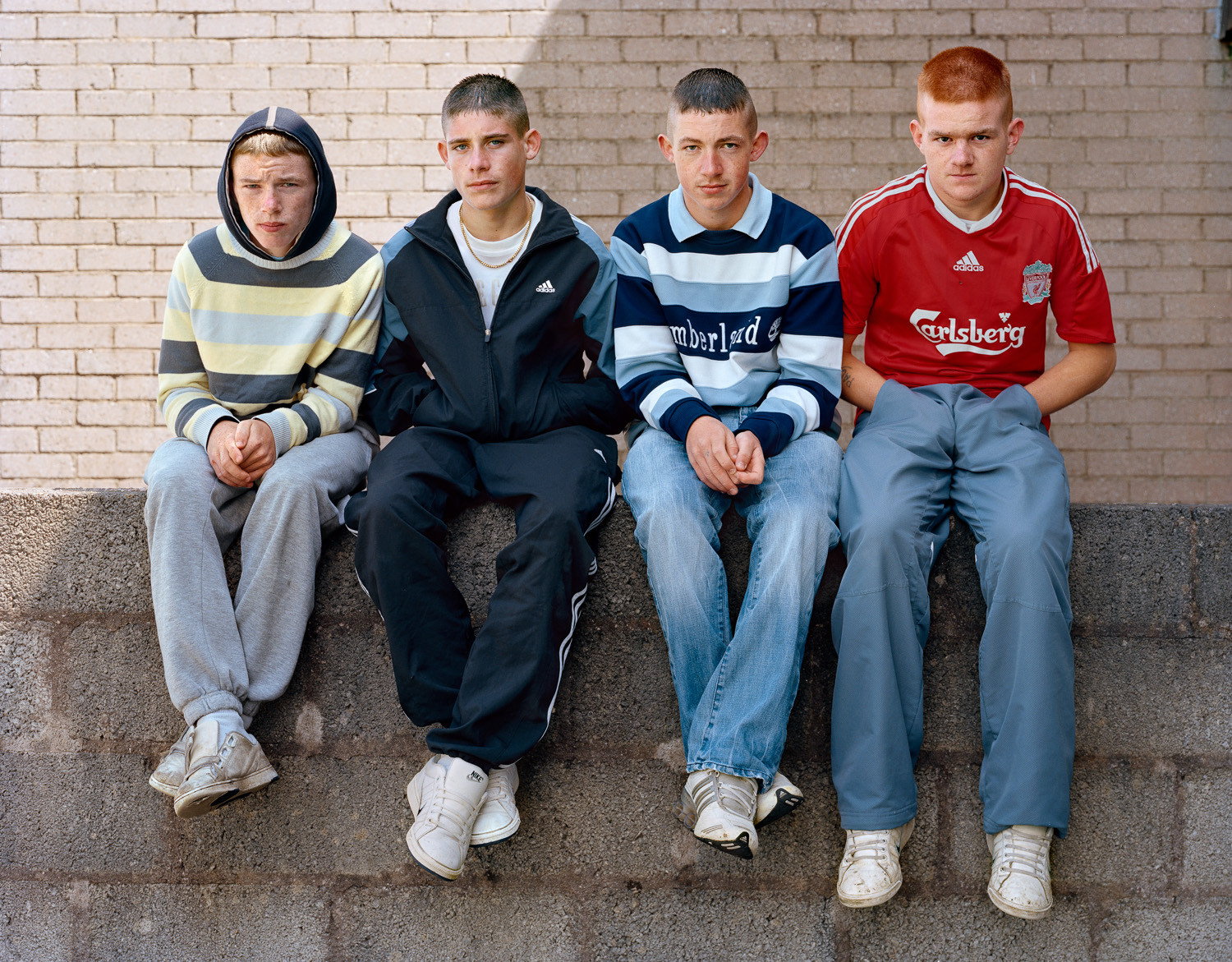
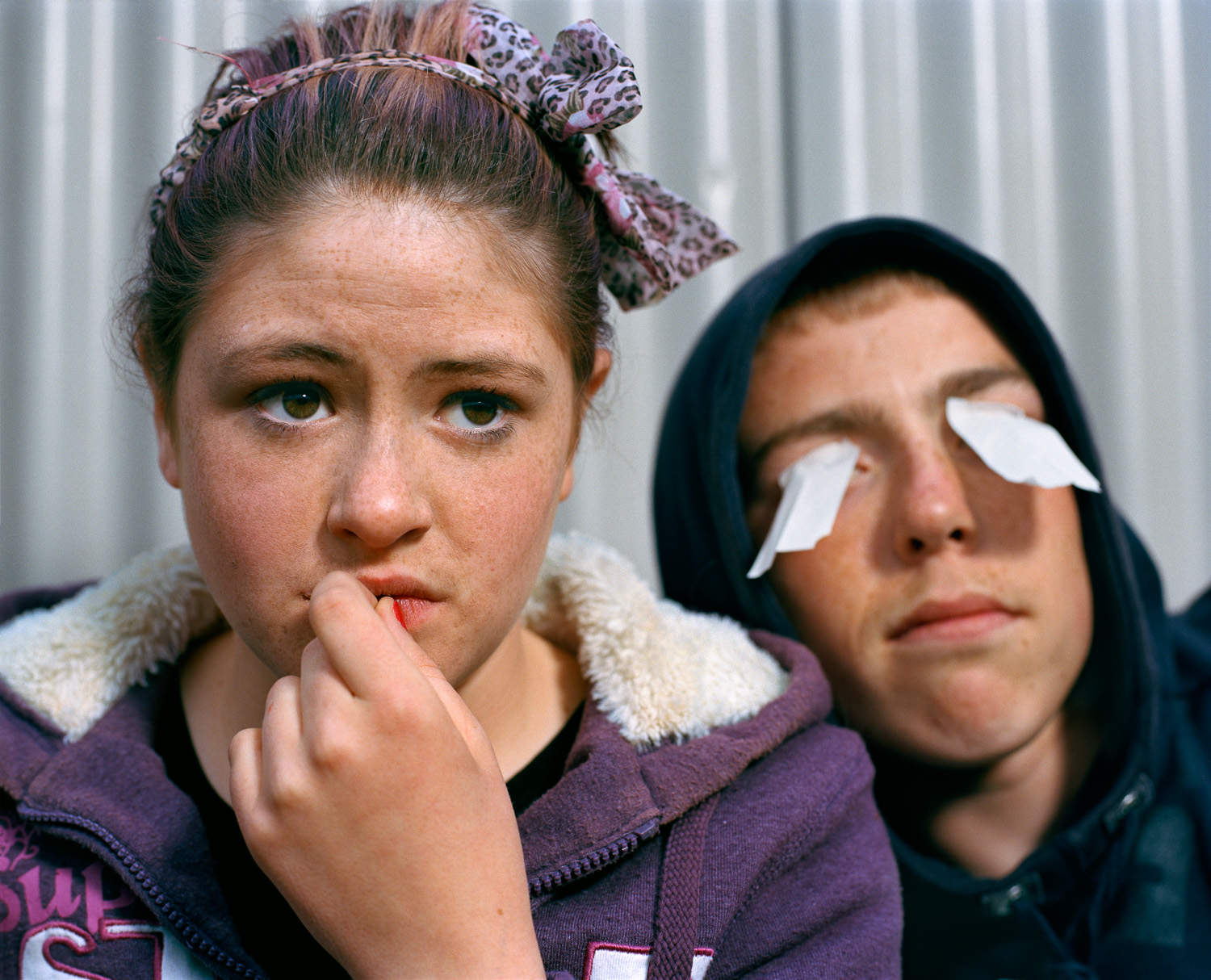
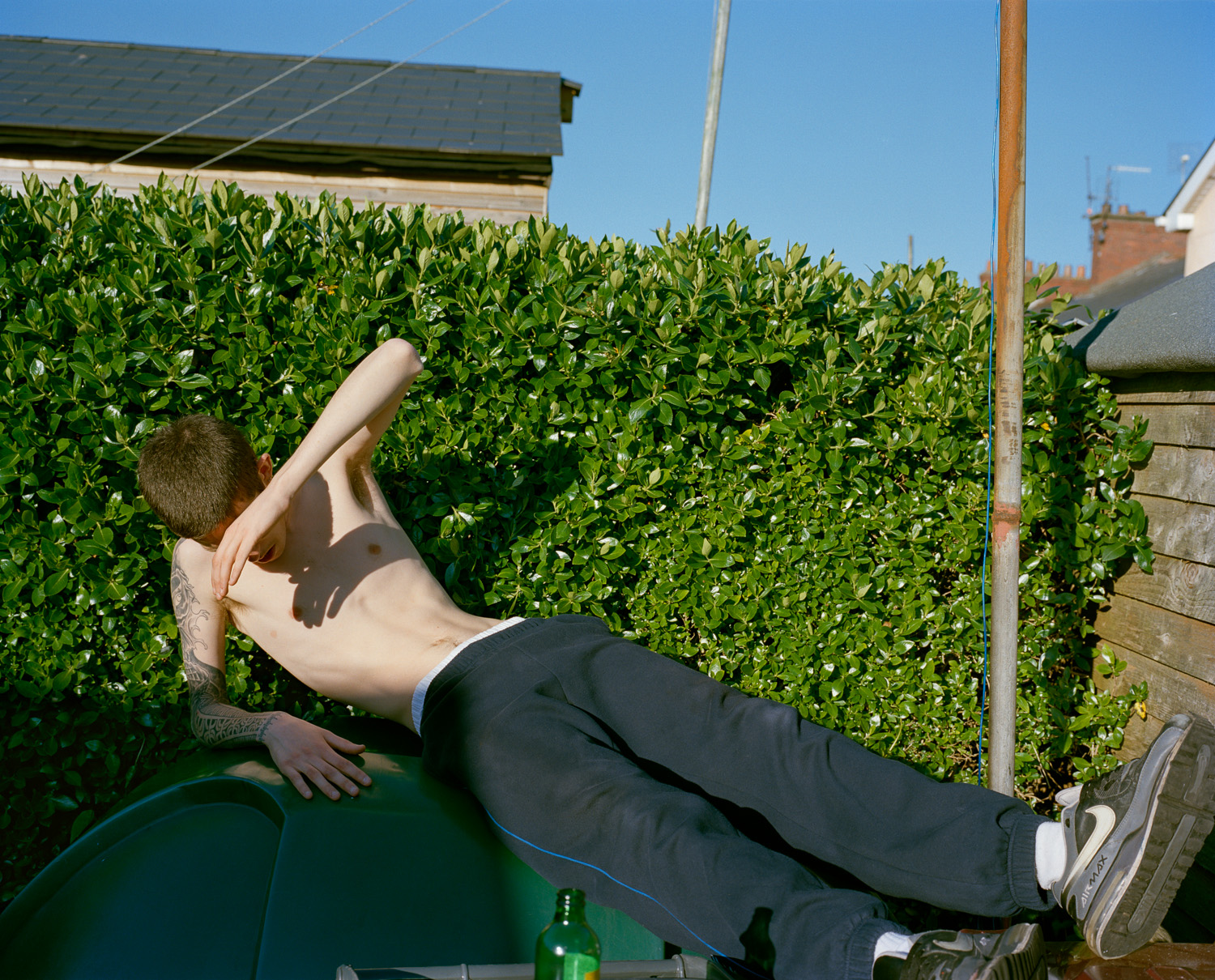

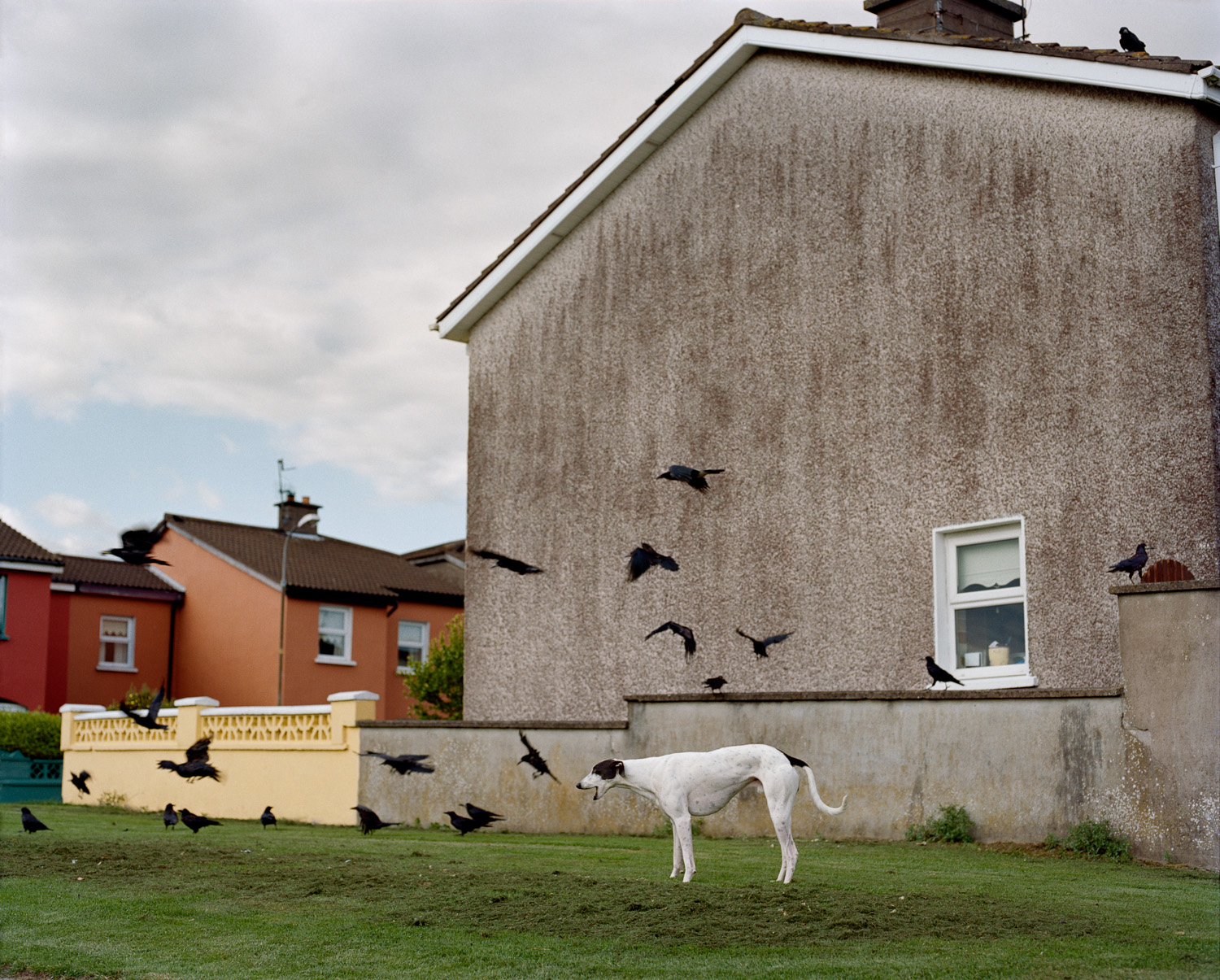

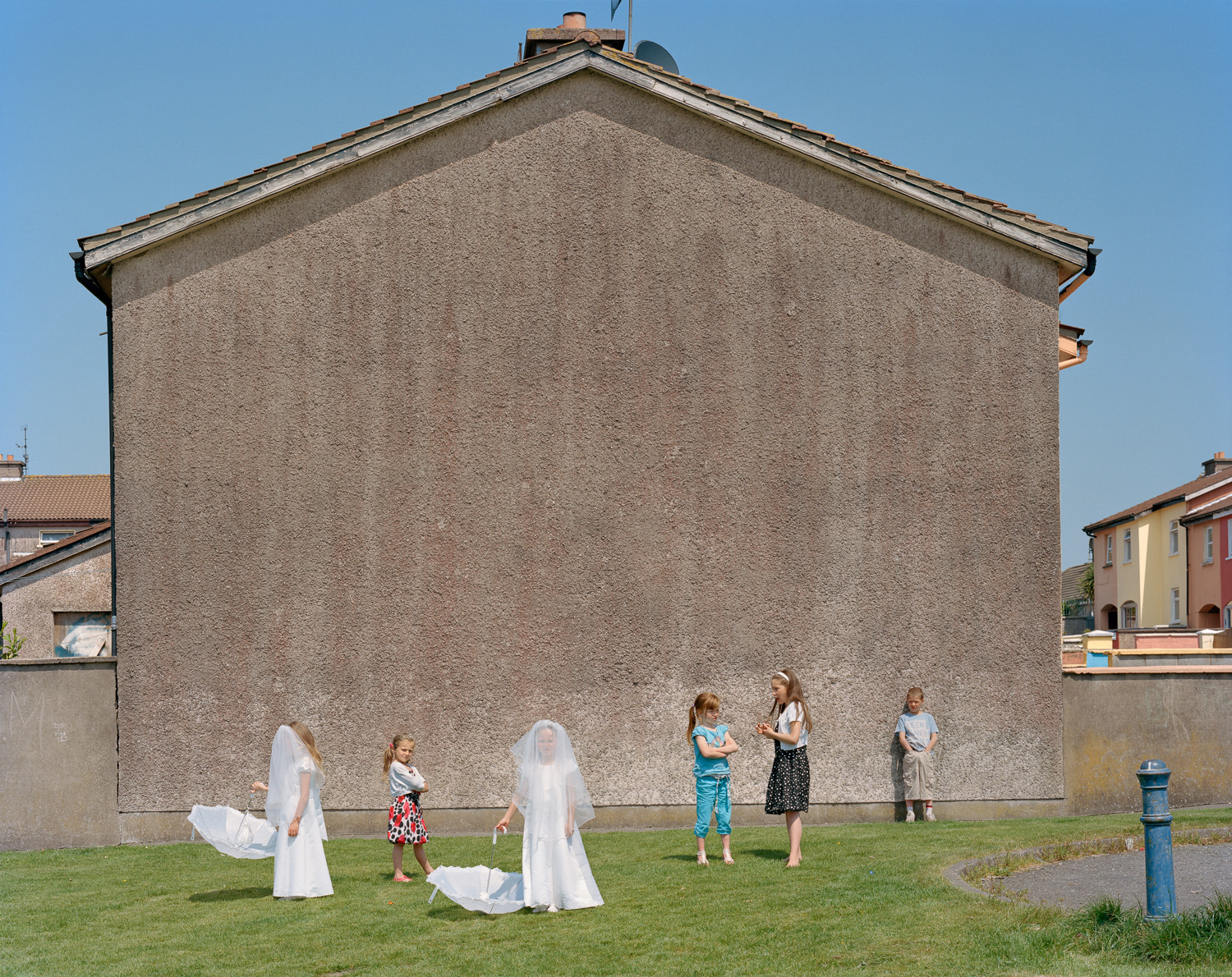

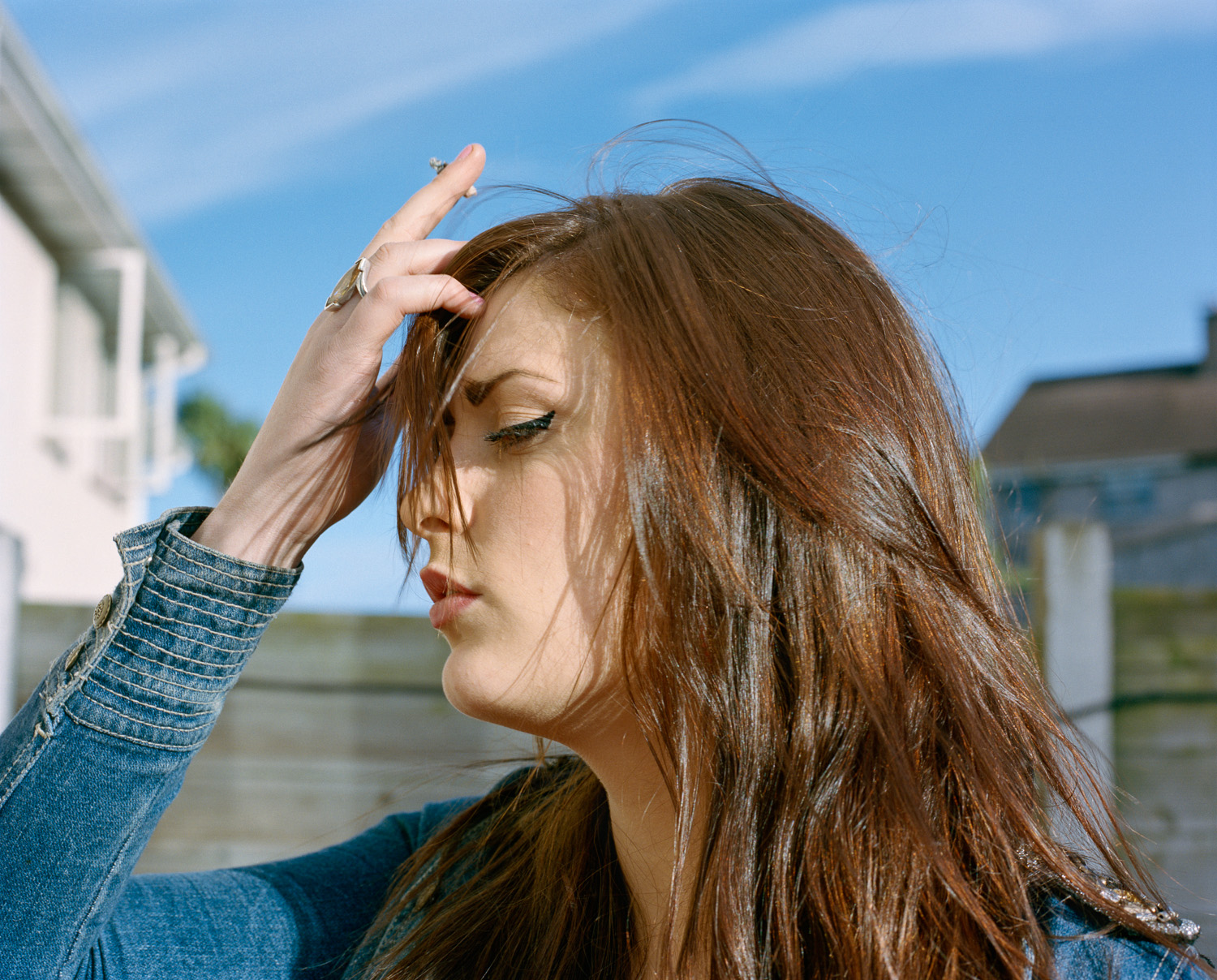

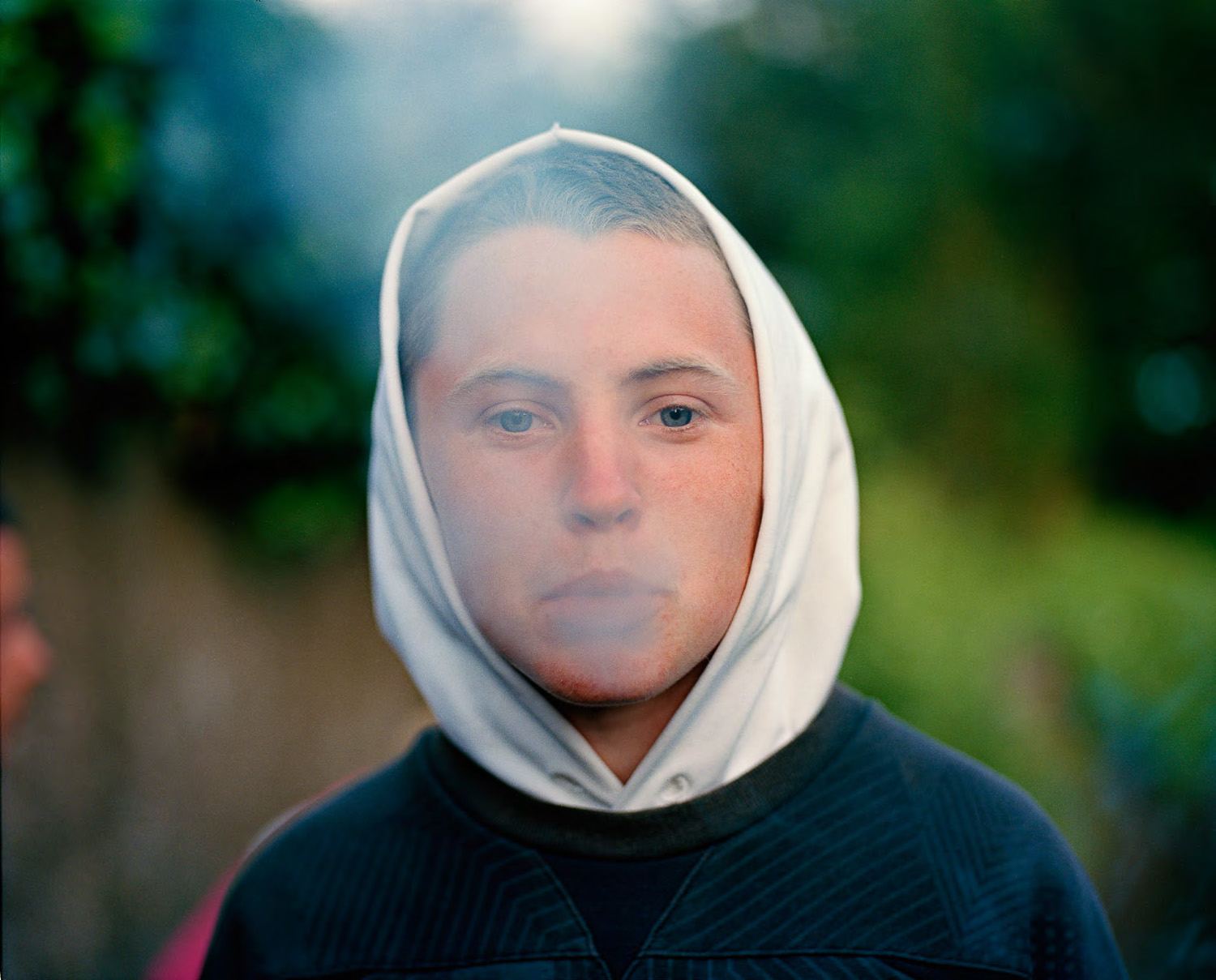
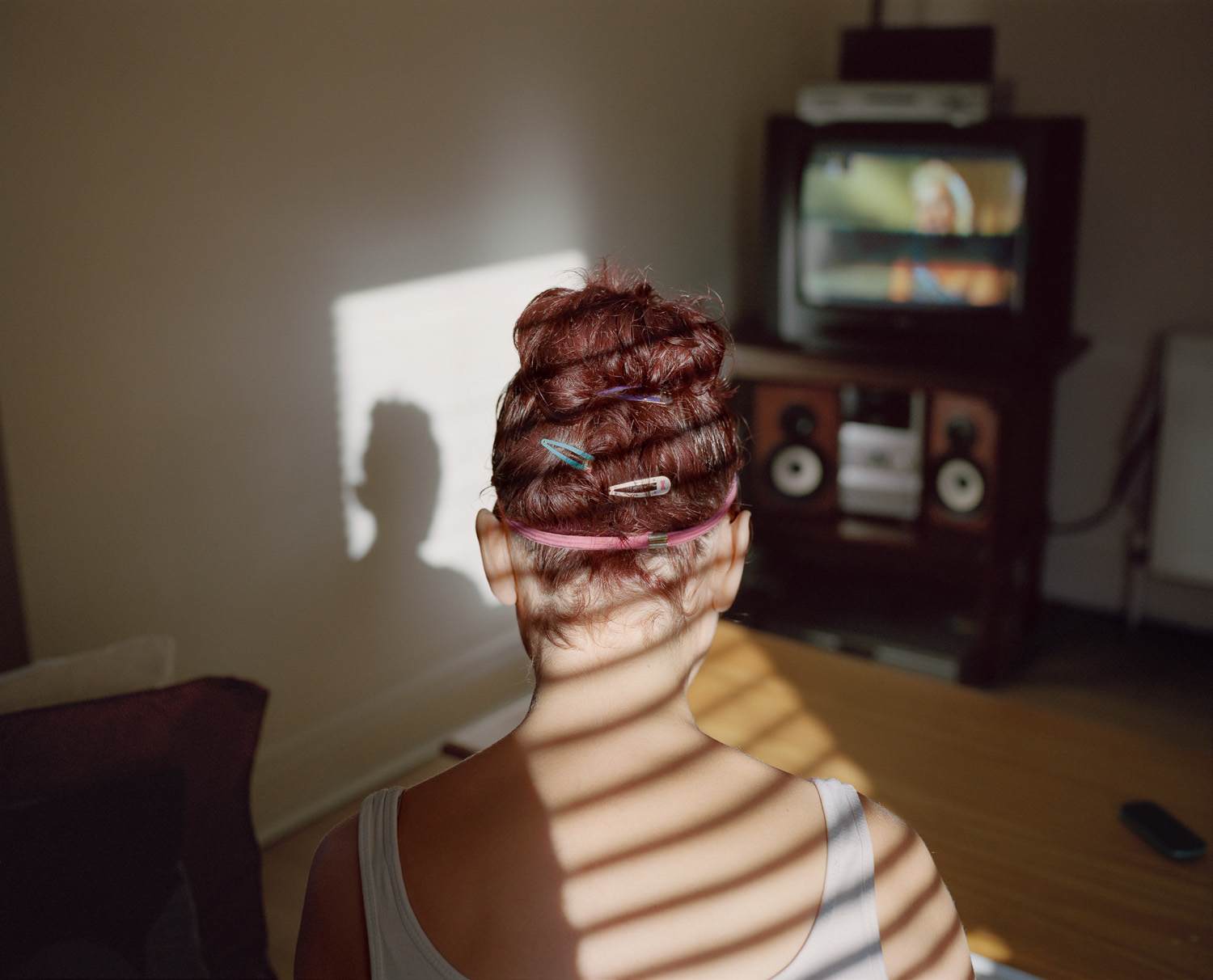
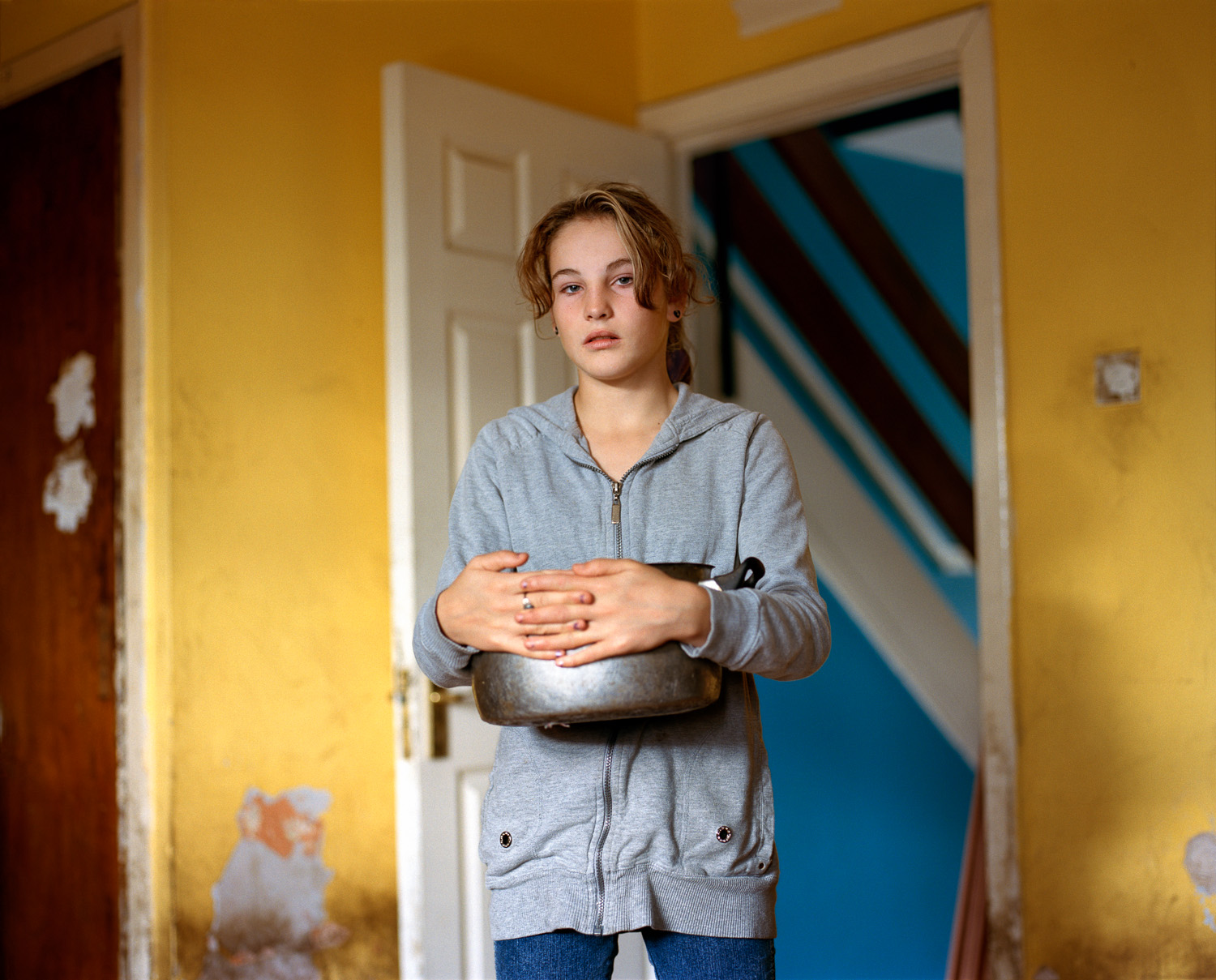


More Must-Reads from TIME
- Donald Trump Is TIME's 2024 Person of the Year
- Why We Chose Trump as Person of the Year
- Is Intermittent Fasting Good or Bad for You?
- The 100 Must-Read Books of 2024
- The 20 Best Christmas TV Episodes
- Column: If Optimism Feels Ridiculous Now, Try Hope
- The Future of Climate Action Is Trade Policy
- Merle Bombardieri Is Helping People Make the Baby Decision
Contact us at letters@time.com